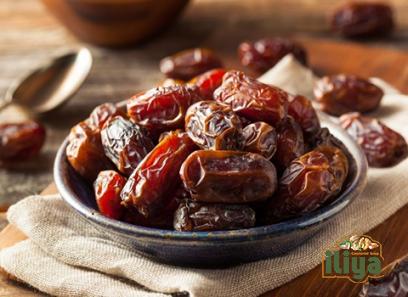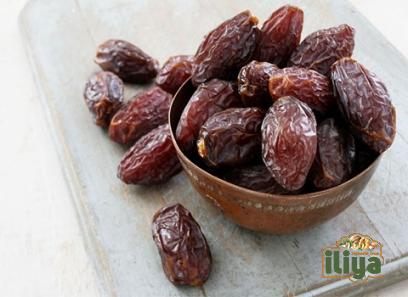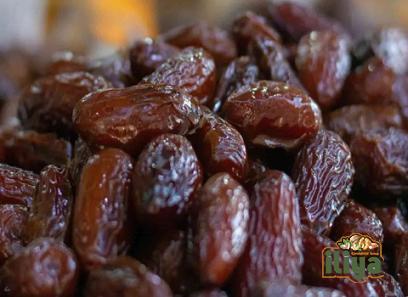The American hazelnut, botanically known as Corylus americana, is a native shrub to Eastern North America known for its flavorful nuts and ecological importance.
With its delicious and nutritious nuts, the American hazelnut has gained popularity not only in culinary circles but also for its role in landscaping and wildlife habitats.
In this comprehensive guide, we will delve into the diverse aspects of the American hazelnut, exploring its characteristics, cultivation, culinary uses, and ecological significance.
Description and Characteristics
The American hazelnut is a deciduous shrub that typically grows to a height of 10 to 15 feet.
It possesses a multi-stemmed growth habit, with slender, smooth, and gray-brown branches.
The leaves are rounded and toothed, and alternate along the stems, turning a vibrant yellow in the fall.
In late winter to early spring, the American hazelnut produces pendulous catkins that give way to clusters of edible nuts encased in a husk.

.
 Nutritional Value and Culinary Uses
Nutritional Value and Culinary Uses
American hazelnuts are not only delicious but also packed with essential nutrients.
These nuts are a good source of protein, healthy fats, fiber, and various vitamins and minerals, including vitamin E, manganese, and copper.
In the culinary world, American hazelnuts are prized for their rich, buttery flavor and crunchy texture.
They can be enjoyed in a variety of ways, from raw or roasted as a wholesome snack to ground into flour for baking.
American hazelnuts are also a popular ingredient in confections, such as chocolates, truffles, and nut butter.
Their versatility in both sweet and savory dishes makes them a favorite among chefs and home cooks alike.
.
 Hazelnut Cultivation Tips for Home Gardeners
Hazelnut Cultivation Tips for Home Gardeners
If you are considering growing American hazelnuts in your garden or backyard, here are some essential tips to help you get started
Site Selection
Choose a location with well-drained soil and at least six hours of sunlight per day for optimal growth and nut production.
Soil Preparation
Ensure that the soil is fertile and rich in organic matter.
Conduct a soil test to determine if any amendments are needed to create an ideal growing environment for American hazelnuts.
Planting
Plant hazelnut shrubs in the early spring or late fall when they are dormant.
Space the shrubs at least 10 feet apart to allow for adequate airflow and sunlight exposure.
Watering
Provide consistent watering, especially during dry periods, to promote healthy root development and nut production.
Mulching:
Apply a layer of mulch around the base of the shrubs to retain soil moisture, suppress weed growth, and protect the roots during extreme temperatures.
Pruning
Prune American hazelnut shrubs annually to remove dead or diseased branches, promote airflow, and shape the plant for optimal nut production.
.
 As we celebrate the diverse virtues of the American hazelnut
As we celebrate the diverse virtues of the American hazelnut
from its delectable nuts and nutritional benefits to its vital role in supporting wildlife and sustainable agriculture
let us also recognize the importance of preserving and stewarding this native plant species for future generations.
By fostering a deeper appreciation for the natural world and the gifts it provides, we can cultivate a more harmonious and sustainable relationship with the land and its inhabitants.
In exploring the multifaceted story of the American hazelnut, we are reminded of the interconnectedness of all living beings and the inherent beauty and resilience of nature. Let us embrace the richness of the American hazelnut and honor its legacy as a symbol of abundance, diversity, and harmony in the tapestry of life.











Your comment submitted.